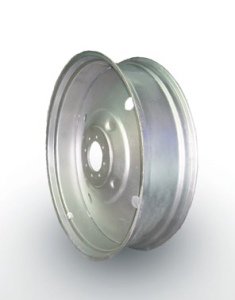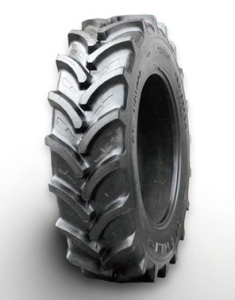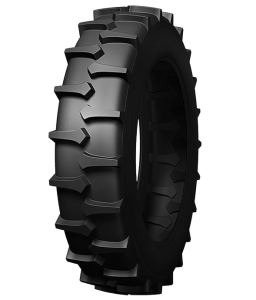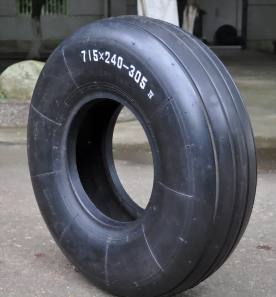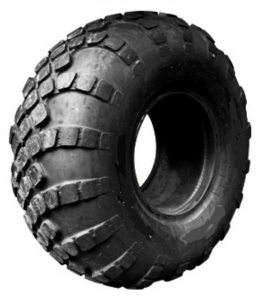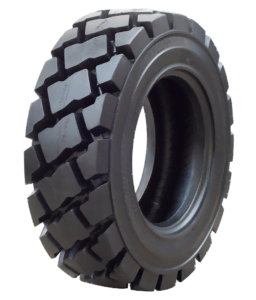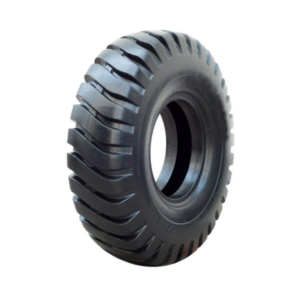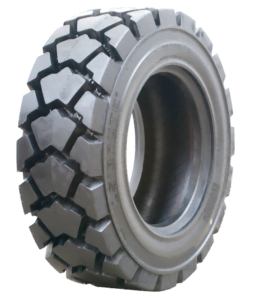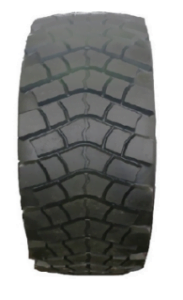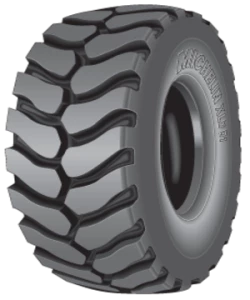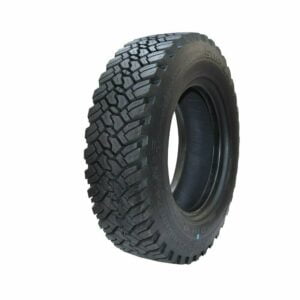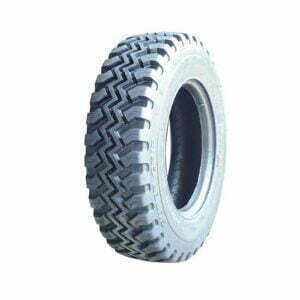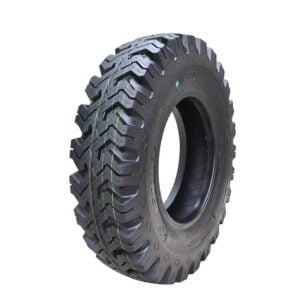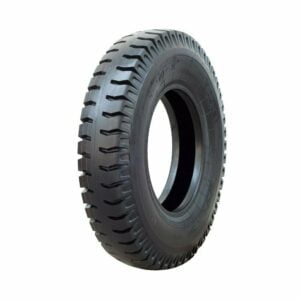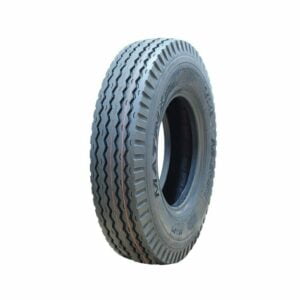Definition:
TBR is the short name of Truck, Bus and Radial tires. So it can be seen that TBR tires are mainly used for truck and bus vehicles. Sometimes, TBR tires are called commercial tires, as these tires are often used on commercial vehicles. Meanwhile, the structure of TBR tire is all steel wire, so the TBR tire has better loading performance.
Application:
- LONG HUAL:

Long distance journey with constant speed, less braking and accelerating.
Less fuel consumption and comfortable ride.
High mileage performance
REGIONAL:

Shorter journey with frequent braking, accelerating and turning
Improved road grip with maximum mileage
Exceptional tough type
MIXED SERVICE:

Used both on and off road
Heavy loads and outstanding durability
Special protection against the damage caused by the road condition
- URBAN:

Frequent speed changes and turning
Resistance to curb impact
Excellent road grip and durable high mileage
Sizes
TBR sizes are mainly:
6.50R16LT 7.00R16LT 7.50R16LT 8.25R16LT 9.5R17.5 8.25R20 9.00R20 9R22.5 10.00R20 10R22.5 11.00R20 11.00R22 11R22.5 12.00R20 12.00R24 12R22.5 13R22.5 205/75R17.5 215/75R17.5 225/70R19.5 225/75R17.5 235/75R17.5 245/70R17.5 245/70R19.5 255/70R22.5 265/70R19.5 275/70R22.5 285/70R19.5 285/75R24.5 295/60R22.5 295/75R22.5 295/80R22.5 295/80R22.5 315/70R22.5315/80R22.5 385/55R19.5 385/55R22.5 385/65R22.5 385/65R22.5 425/65R22.5 etc |
HOW TO READ TBR TIRE SIZE:
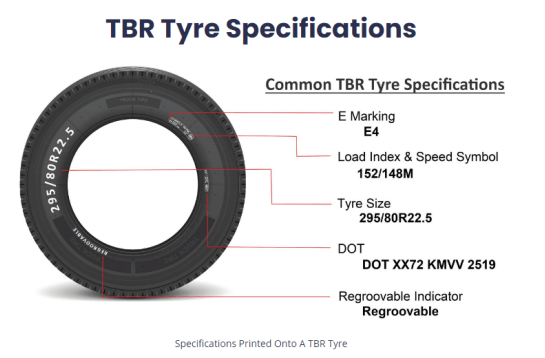
You can find much information imprinted onto a TBR tire. Think of it as its birth certificate. It even has its “date of birth” information. We break down and explain some of the common specifications for a TBR tire.
SIZE
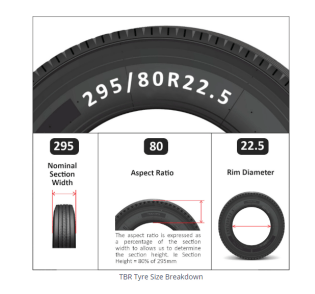
l 295: Refers to the nominal section width (sidewall to sidewall) of the tire in mm
l 80: This is an aspect ratio which refers to the height of the sidewall or known as section height. It is expressed as a percentage of the section width, 80% of 295mm
l R: Implies Radial Construction
l 22.5: Refers to the diameter of the rim in inches that is to be used with this tire.
Let’s look at another example – 11R22.5 tire. In this case, the nominal section width is 11 but the unit is in inches. The rim diameter is the same at 22.5. But you probably notice the aspect ratio is missing. In this case the default aspect ratio is 90%, the section height is 90% of 11inches.
LOAD INDEX
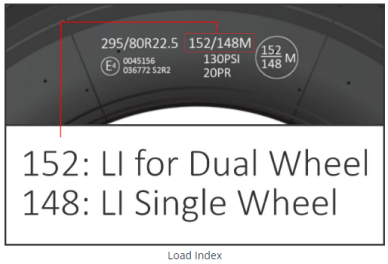
The Load Index (LI) is a reference code that indicates the maximum load carrying capacity in KG. For instance, a LI of 108 means the tire’s maximum carrying capacity is 1000KG. The higher the LI means it can handle a higher load capacity.
For TBR tires, you will find 2 LI. E.g. 152/148. 152 equates to 3550KG and 148 equates to 3150KG. These LI indicates the maximum load capacity for dual and single wheel use. The higher LI would therefore indicate capacity for dual wheel and the lower LI for single wheel configuration.
SPEED SYMBOL

Speed Symbol (SS) denotes the fastest speed a tire is certified for. For instance, a M symbol is equivalent to 130km/h. Thus, a higher SS would give you better control and handling of the vehicle at higher speeds. This is contingent on the operator maintaining proper tires pressure and ensuring it carries within the stipulated load capacity, among other conditions.Also, contrary to popular belief, a SS does not guarantee the tire will perform as intended at the specified speed, as it only certifies the tire meets certain standard’s requirements within a tightly controlled lab condition.
For more details, please refer to LOAD INDEX, SPEED INDEX, and LOAD RANGE
https://www.tnr-international.com/tire-school/load-index-speed-index-load-range/
REGROOVABLE
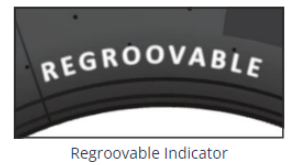
Regrooving is the process of cutting the tires to achieve additional tread depth to extend the life of the tires. Not all tires are regroovable, but those that do will allocate additional tread depth of about 4mm+-. Tires can be regrooved of around 2mm+- and it depends on the manufacturer’s recommendation to increase its lifespan. This is subject to the condition of the used tires. Regrooving may be governed by local laws and should only be done by professionals with qualified tools.
DOT

DOT is short for Department of Transportation. Any highway tire used in U.S. needs to have a DOT. The DOT symbol certifies that the tire is compliant with the U.S. Department of Transportation’s safety standards. DOT for a tire is a unique tire code which is a series of 7 to 13 letters and numbers printed on the sidewall of a tire.This is the equivalent of DOB (Date of Birth). There are 4 numbers imprinted after the letters DOT. The first 2 digit denotes the week the tire was manufactured and the last 2 digit denotes the year. DOT 2519 means the tire was manufactured in the 25th week of 2019.
E MARKING
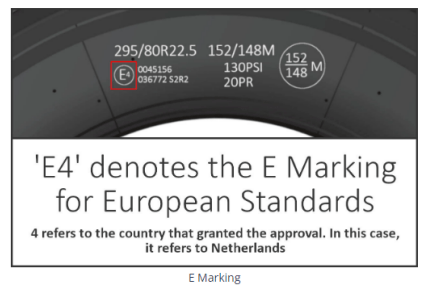
All tires to be used in Europe must be certified with an E Mark. An E Mark indicates that the manufacturer has complied with European standards. This gives users the assurance that specifications such as dimension, load index and speed rating have been verified according to requirements. The number after the E refers to the EU country that granted the approval. (E4 = Netherlands). The series of alphanumeric characters after the E mark refers to the certificate number.
Common TBR Tyre Tread Pattern:


TUBE AND TUBELESS:
TUBE TIRES: also known as sew-up tires – are a combination of tire and tube all in one.
TUBELESS TIRE:do not have this inner tube. Instead, they have a bead around the edge of the tire that fits snugly against the wheel’s rim.

Tubeless and tube type tires use a slightly different type of rims. Tube type rims require an additional rim pin to hold the tire in place. Tubeless tires do not require a rim pin and includes a tubeless valve to inflate the tire. We have sold tube type tires since the early 1980s and till today there is demand for these tube type tires, albeit much lower in recent years.


